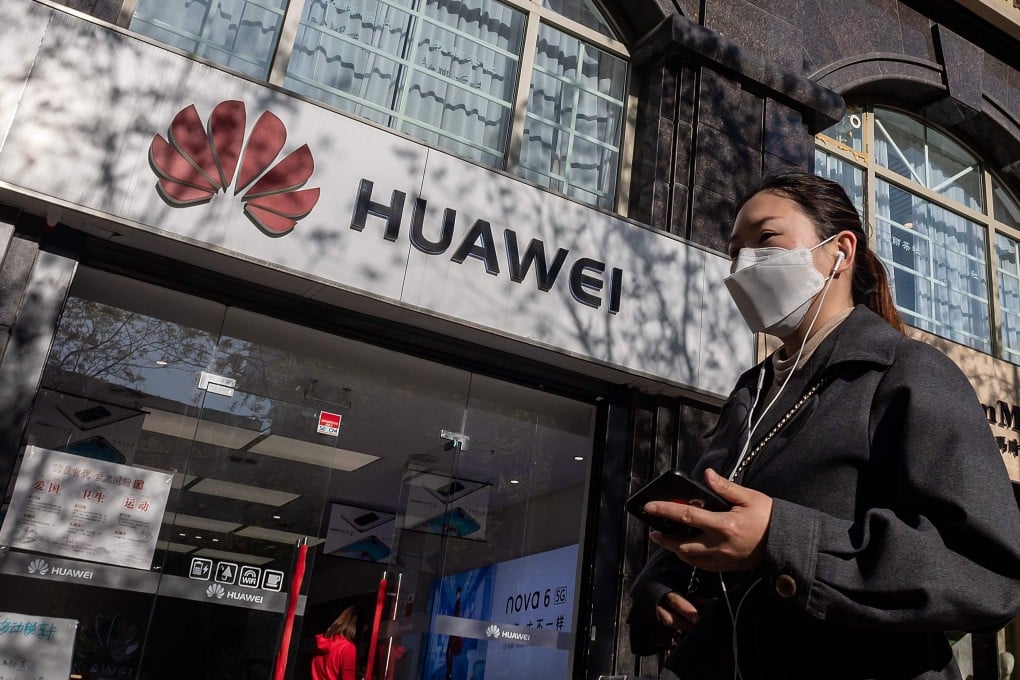Donald Trump extends executive order aimed at Huawei to guard US telecoms supply chain
- Trump extends an order by another year that had prohibited US companies from using telecommunications equipment made by firms deemed a national security threat
- Meanwhile, a US federal employees’ fund was moved away from Chinese stock investment

The United States on Wednesday extended a ban on domestic telecommunications companies from using certain equipment and moved a federal employees’ fund away from investing in Chinese stocks, in an ongoing effort to decouple the country’s economy and technology from China.
Meanwhile, the Federal Retirement Thrift Investment Board (FRTIB), the entity that manages the US federal employees’ retirement fund, announced that it halted the transition of the I Fund benchmark to the MSCI All Country World ex US Investible Market Index, which includes stocks of Chinese companies.
The moves come as the tension between the world’s two largest economies grows. China and the US have been engaged in a prolonged trade war that has slapped tariffs on hundreds of billions of goods on each other’s imports.

05:22
Just as the two countries reached a phase one trade agreement in January that put the disputes on hold, the coronavirus began to sweep across the globe and has since infected nearly 1.4 million and killed more than 83,000 Americans.